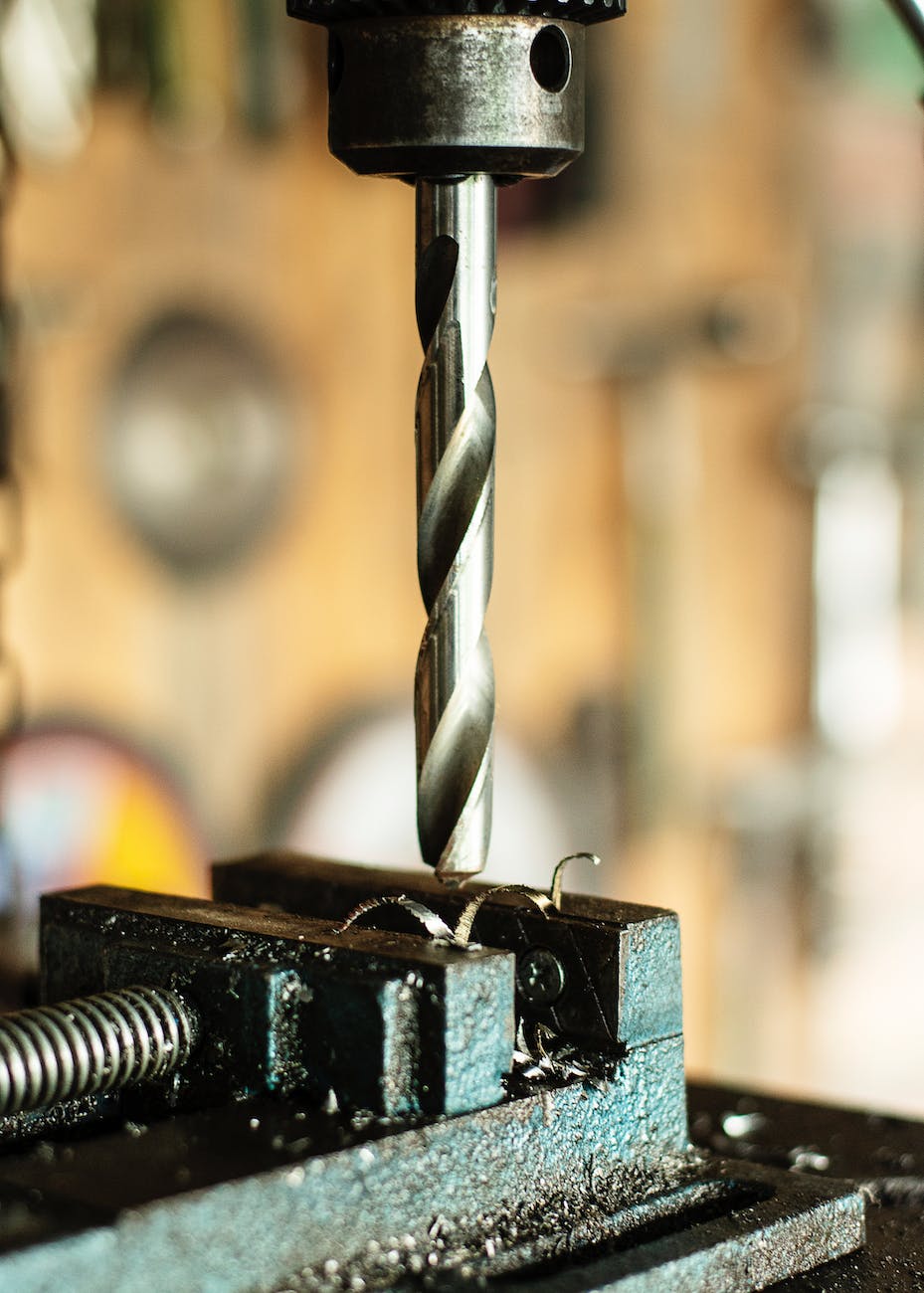
Safe Operating Procedures for Drill Press
Safe Operating Procedures for Drill Press : Using a drill press requires strict adherence to safety protocols to prevent accidents and ensure user safety. Here is a comprehensive guide to safe operating procedures:
1. Training and Familiarization
- Training Sessions: Conduct thorough training sessions for users, covering the operation, safety features, and potential hazards of the drill press.
- Practice Sessions: Allow users to practice under supervision until they are comfortable and proficient with the equipment.
2. Personal Protective Equipment (PPE)
- Mandatory PPE: Require the use of appropriate PPE, including safety goggles, hearing protection, gloves, and proper attire to prevent injury from flying debris.
3. Workspace Preparation
- Clear Work Area: Ensure the work area is clutter-free, well-illuminated, and organized to prevent tripping hazards and provide a clear operating space.
- Secure Workpieces: Securely clamp or secure workpieces to the drill press table to prevent movement during drilling.
4. Machine Inspection and Setup
- Pre-Operational Check: Inspect the drill press for any damage, loose parts, or malfunctioning components before use.
- Adjustments: Adjust the table height and ensure the drill bit is centered and securely tightened before operation.
5. Electrical Safety Measures
- Power Source: Plug the drill press into a properly grounded outlet and avoid using extension cords if possible to prevent electrical hazards.
- Cord Management: Keep the power cord away from the drilling area to avoid entanglement or damage.
6. Safe Operation Techniques
- Proper Body Position: Stand clear of the drill bit’s path and maintain a stable stance while operating the drill press.
- Feed Control: Apply consistent and moderate pressure when feeding the material into the drill bit, avoiding excessive force.
7. Tool and Material Handling
- Tool Changes: Turn off the drill press and wait for the drill bit to stop completely before changing or adjusting bits.
- Material Support: Use appropriate support or fixtures to stabilize longer workpieces during drilling.
8. Emergency Response Procedures
- Emergency Stop: Familiarize users with the location and operation of the emergency stop button or switch on the drill press.
- First-Aid Kit: Keep a well-equipped first-aid kit accessible in the workspace for immediate use if needed.
9. Post-Operation Procedures
- Tool Shutdown: Turn off the drill press and unplug it after use, and properly store it in a designated area.
- Cleanup: Remove debris, dust, and swarf from the drill press and surrounding area to maintain cleanliness and prevent hazards.
10. Continuous Improvement
- Feedback and Training Updates: Encourage users to provide feedback on safety measures and update training programs regularly to incorporate new safety practices or equipment.
Conclusion
By strictly adhering to these safe operating procedures for the drill press, users can significantly reduce the risk of accidents, ensuring a safe working environment.
Safe Operating Procedures for Machinery
Safe Operating Procedure for Bar Bending Machine
Safe Operating Procedure (SOP)
Safe Operating Procedure (SOP)
7 Types of Permit To Work (PTW)
FAQs
- Why is PPE crucial when using a drill press? PPE protects users from potential hazards such as flying debris and noise associated with drilling operations.
- What should users do if they notice a malfunction during operation? Immediately turn off the drill press, unplug it, and report the issue to the supervisor or maintenance personnel.
- How often should the drill press be inspected? Perform a pre-use inspection before each operation and conduct routine maintenance checks according to the manufacturer’s recommendations.
- Why is a clear workspace essential for using a drill press? A clutter-free workspace reduces the risk of accidents and allows for better control and maneuverability of the equipment.
- What actions should be taken in case of an emergency while using the drill press? Immediately stop the drill press, use the emergency stop if available, and seek help or medical attention if necessary.
























